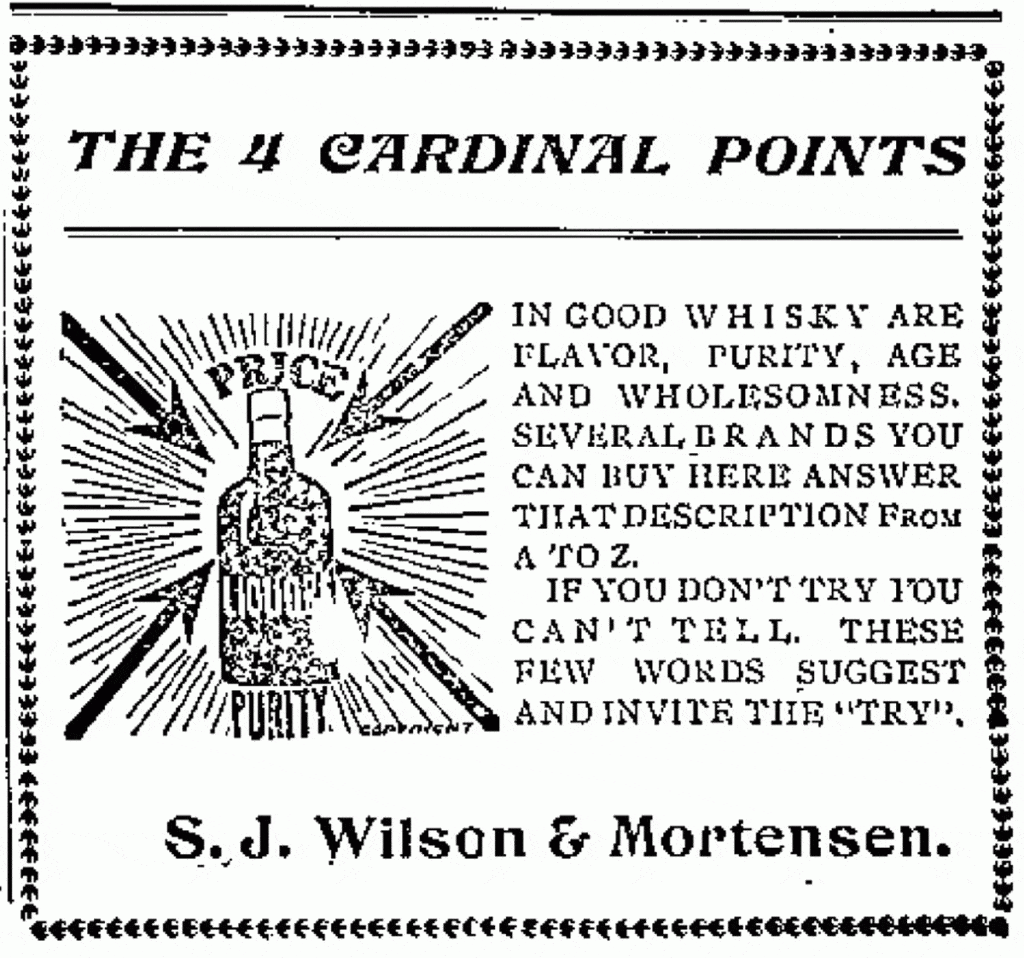You don’t have to be a photography aficionado to have heard of Ansel Adams. Even if the name itself doesn’t ring a bell, you’ve more than likely seen some of his famous images of the American West – particularly Yosemite National Park – as they’re mainstays of mass-produced calendars, posters, and coffee table books. But have you heard of Adams’ contemporary, Park City-born William Mortensen? In their day, Mortensen was just as, if not more, famous than Adams, though his legacy has not been nearly as far-reaching outside the photography world.
He was born to Danish immigrants William and Agnes Mortensen here in Park City on January 27, 1897. He weighed in at a whopping ten pounds, as reported in the Park Record birth announcement three days later. The family, which also included a teenage daughter, Ellen, lived on Woodside Avenue. Agnes kept house, Ellen attended school, and the elder William ran a dry goods store on upper Main Street with business partner S.J. Wilson.

The Mortensens moved to Salt Lake City in 1908, where William, then eleven years old, attended school and became interested in art. In August 1918, about a year after the United States declared war on Germany, thus engaging in the ongoing First World War, William joined the Army as an infantry soldier. He was discharged in 1919 after the war’s end and moved east to pursue art, studying illustration with the Art Students League in New York City. He returned to Salt Lake briefly in the 1920s to teach but by the 1930s, he’d moved to southern California where his photographic career began.
Though he was a successful portrait photographer, Mortensen was best known for his pictorial style and the photography school he ran in Laguna Beach. Fascinated with Jungian psychology and the idea of a collective unconscious, he manipulated images into grotesque, romantic, and anecdotal scenes designed to appeal to human fear, sentiment, and wonder. His photos were often reinterpretations of mythology or folklore and featured everything from monsters to fairytale damsels in distress. He invented and taught darkroom techniques that included chemical coloring processes, etching, and texturing practices from pumice stone to pencil. These techniques produced images that blurred the line between traditional art and photography. He wrote several books over the course of his career and thousands of students passed through his studio and classroom doors.
Mortensen favored pictorial techniques at a time of transition in the photography world and his style eventually lead to professional and sometimes personal clashes with other well-known photographers of the era, like Ansel Adams. Adams and other contemporaries favored realist imagery and unedited photo development. Photojournalism and documentary photography were also emerging disciplines at the time, especially with the journalists covering the Second World War in the 1940s. Largely though probably not entirely for this reason, William Mortensen’s legacy faded after his death in 1965. It has only been in recent years that his pictures resurfaced and made appearances in galleries and museums across the country.